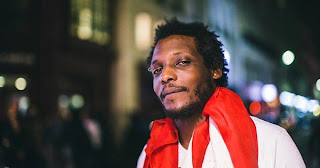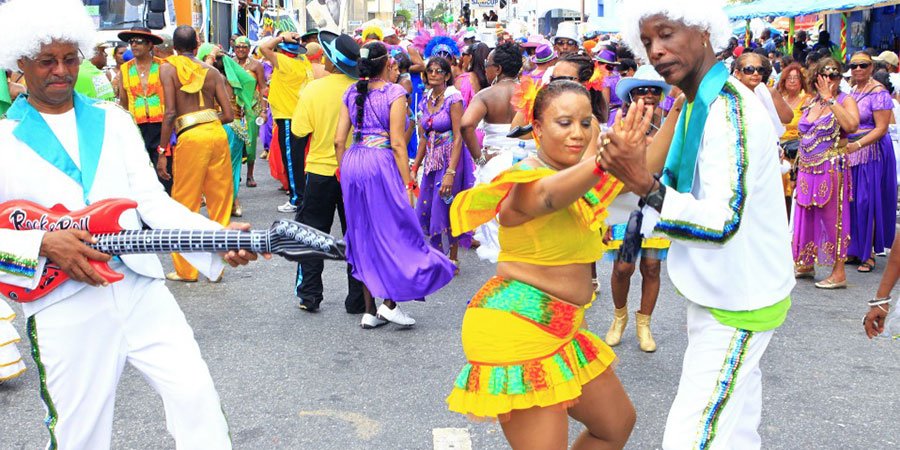The name Turkey (the country) came into English via Latin (Turquia or Turchia), which simply meant “land of the Turks.” Chaucer mentioned Turkye around the late 1360s. There were several various spellings over the next few centuries (as there were with a lot of words in English during this time) before finally coming up with the current spelling we have today. The Turkish name for their own country, Türkiye, wouldn’t be adopted until 1923.
Turkey is one of the few countries that spans across two continents: Europe and Asia in this case. About 97% of the country is in Asia, but there is one region called East Thrace that is in Europe. It’s surrounded by the countries of Greece and Bulgaria to the west; Ukraine and the Russia-controlled Crimean peninsula to the north directly across the Black Sea; Georgia, Armenia, the Azerbaijani region known as Nakhchivan Autonomous Republic, and Iran to the east; and Iraq, Syria, and the island of Cyprus to the south. The European side is separated from the Asian side by a series of waterways called the Dardanelles, the Sea of Marmara, and the Bosporus. (There is an excellent Turkish restaurant in Indianapolis called The Bosporus that is a favorite of ours.) These are also situated between the Aegean Sea and the Black Sea as well. The country sits on top of a fault line that occasionally causes earthquakes in the area. While their climate kind of varies depending on the region, summers are generally hot and dry while winters are milder and wetter.
 |
| Mustafa Kemal Atatürk |
This country is one of the oldest regions in the world; people started moving into the Anatolian peninsula around 12,000 years ago. Göblekli Tepe is the oldest manmade religious structure that is now a UNESCO World Heritage Site. The Hittites were the first to create an empire here, and the Assyrrians came in later and claimed their own areas. Aeolian and Ionian Greeks settled on the coastal areas and founded several cities that include Ephesus, Miletus, Smyrna (now Izmir) and Byzantium (now Istanbul). During the 6th century, the Persian Achaemenid Empire conquered much of Anatolia, and these Greek city states weren’t having it. It later fell to Alexander the Great, which basically made it more Greek. When Alex died, the Romans took over and brought Christianity with them. In 324, Constantine I chose Byzantium as the new HQ for the Eastern Roman Empire and renamed it after himself: Constantinople (later to become Istanbul when the Ottomans took over, and a great They Might Be Giants song about it). It became known as the Byzantine Empire, which would rule the area until about the end of the Middle Ages. There were several Christian councils that held meetings in what are now Turkish cities. The Seljuks from Persia started moving into Anatolia and brought with them Islam. After the Seljuks were eventually defeated by the Mongols, the Ottoman Empire would take their place. The Ottomans would expand their territory, often butting heads with European and Persian forces. During the 1700s and 1800s, the Ottomans would go to war with Russia a number of times, to be followed by the Balkan Wars. Only the end of WWI would see the downfall of the Ottoman Empire. Once they were officially declared a republic, Mustafa Kemal was donned the first president and later named Atatürk, or Father Turk. Although they remained neutral for most of WWII, they joined the Allies toward the end. Turkey went through a series of military coups, and during the 1970s, they invaded Cyprus and still have a Turkish side of the island that hardly anyone recognizes but themselves. Last year, Turkey also invaded Syria, and Amnesty International has reported war crimes and human rights violations were a result of the invasion.
Despite what some people may initially think, Istanbul is not the capital of Turkey--it’s the more centrally located city of Ankara. The capital city, which literally means “anchor” in Greek started out as the city of Angora, whose name is preserved in a few animal names like Angora cats, goats, and rabbits, all known for their fur. The city is a mix of ancient sites and modern buildings. There are nearly 50 museums throughout the city along with restaurants, theatres, shopping malls, universities, and sports venues.
As a founding member of the OECD (Organization for Economic Cooperation and Development) and the G20, Turkey has the 13th largest economy by PPP (purchasing power parity). They have a strong automotive industry as well as banking, oil refining and petrochemicals, mining, electronics and home appliances, and food products. Women in the workforce were slightly under 29% in 2018, even though they make up slightly under half the population. They ranked higher in the service industry but only make up 17% of any executive position, making them the lowest among OECD countries.
Although declared as a secular country, the vast majority of Turkish people are Muslim, with Sunni being the largest sect, followed by Shia and a small number of Quranist. About 1% of people are spiritual but not adhering to any particular religion, while Christians, Jews, and any other religion make up a fractional percentage of the population. For many decades, there was a ban on wearing the hijab since it was viewed as political, but in recent years that ban was lifted. The Erdogan administration has strong feelings toward the Islamization of the country and has caused a lot of problems for the non-religious crowd. However, in 2014 the first atheist organization in Turkey was established, and one poll reported that almost 3% of Turks are atheist. Turkish is the official language of Turkey. (I’ve been going through some of the beginning lessons on Duolingo; it’s an interesting language.) It’s spoken by the majority (around 85%) of the people as a first language. The Kurdish dialect known as Kurmanji (sounds like a knock-off of Jumanji) is spoken by almost 12% of the people, mainly in the southeastern corner of the country along the Syrian, Iraqi, and Iranian borders. Arabic (in the south) and Zaza (in the east) are also spoken in Turkey along with a number of other languages, including quite a few endangered languages.
One of the world’s most famous buildings is the Hagia Sophia in Istanbul. Originally built in 532 AD, it only took six years to finish it (compare that to Notre Dame in Paris, which took over a hundred). Through riot damage, fires, and bad design, its famous domed top had to be rebuilt a couple of times, but the final one has lasted nearly 1400 years (with a little tender loving care along the way). What started out as a cathedral was converted into a mosque as the Ottomans changed everything over to Islam. Today, it’s a museum and has been since 1934. I may not be religious, but I have a deep appreciation for the beautiful architectures and spaces that many religious buildings have.
Up next: art and literature








































:max_bytes(150000):strip_icc()/Caribbean_band_Christof46CCSA40-5805348b3df78cbc28d9e648.jpg)







